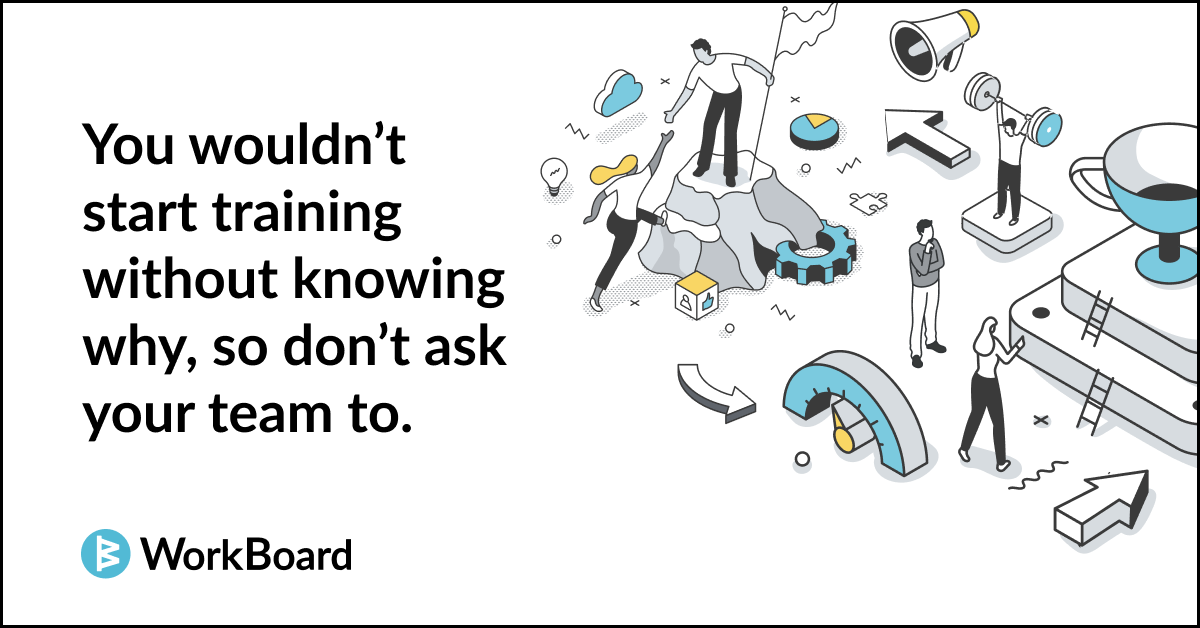Nobody talks about OKRs in revenue organizations.
There’s a ton of conversation on their importance in product and engineering teams. All valid. But the revenue org is often left out.
For a long time, people kept OKRs separate from KPIs. The thinking was: don’t let OKRs just become revenue metrics. Don’t tie them to comp plans. Keep them aspirational. But in 2025, that separation adds confusion. OKRs and operating metrics should be visible together and serve different purposes. They need to work together.
That starts with bringing both into a shared view. In most revenue orgs, KPIs are scattered. Salesforce, spreadsheets, LinkedIn, website. To drive focus, show what is changing in the same place people manage their OKRs. Then the value comes from how OKRs are used. In a revenue org, they can do two things really well:
1. Drive change
If CAC is getting worse or conversion rates are sliding, OKRs give you a way to fix the root cause. The sales team could commit to faster lead follow-up this quarter. Example: “Reduce average lead response time from 12 hours to under 6.” That behavior is measurable, time-bound, and directly tied to improving stage 0 to 1 conversion.
You should see the impact on the KPI in the next period. It’s about identifying the problem, using the OKR to drive behavior change, holding teams accountable, and seeing progress.
2. Align teams around the funnel
Say you are launching a new product. Marketing drives awareness, sales starts conversations, customer success ensures adoption, and product tracks usage. Each owns part of the funnel. OKRs help show the full system and where it breaks down. If awareness is not converting, it is not just a marketing problem. It is a shared opportunity to improve. For example:
- Marketing: Reach 1,000 qualified contacts
- Sales: Run 500 discovery conversations
- Customer success: Enable 100 customers
- Product: Weekly usage across those 100 accounts
This creates the transparency and alignment we all want. You can see where things are stuck and what to do. And OKRs do not replace operating metrics; they change and improve them.
In a world where launching products, shipping code, running campaigns, and accessing data is faster than ever, go-to-market becomes even more important. The differentiator is no longer just building. It is aligning every ounce of capacity. That is why separating BAU metrics from OKRs no longer works. They need to be connected. It is the only way people (and agents) have the context to focus their time where it matters and drive outcomes for the business.
And at the end of the day, it is the revenue number that matters most. This gives you a way to ensure the work being done across the organization is actually translating to revenue. It also helps drive change in the revenue org, which is usually a very large part of the company and often the least used to having accountability measures that target the problem itself, not just reporting on the score.
Originally posted on LinkedIn







